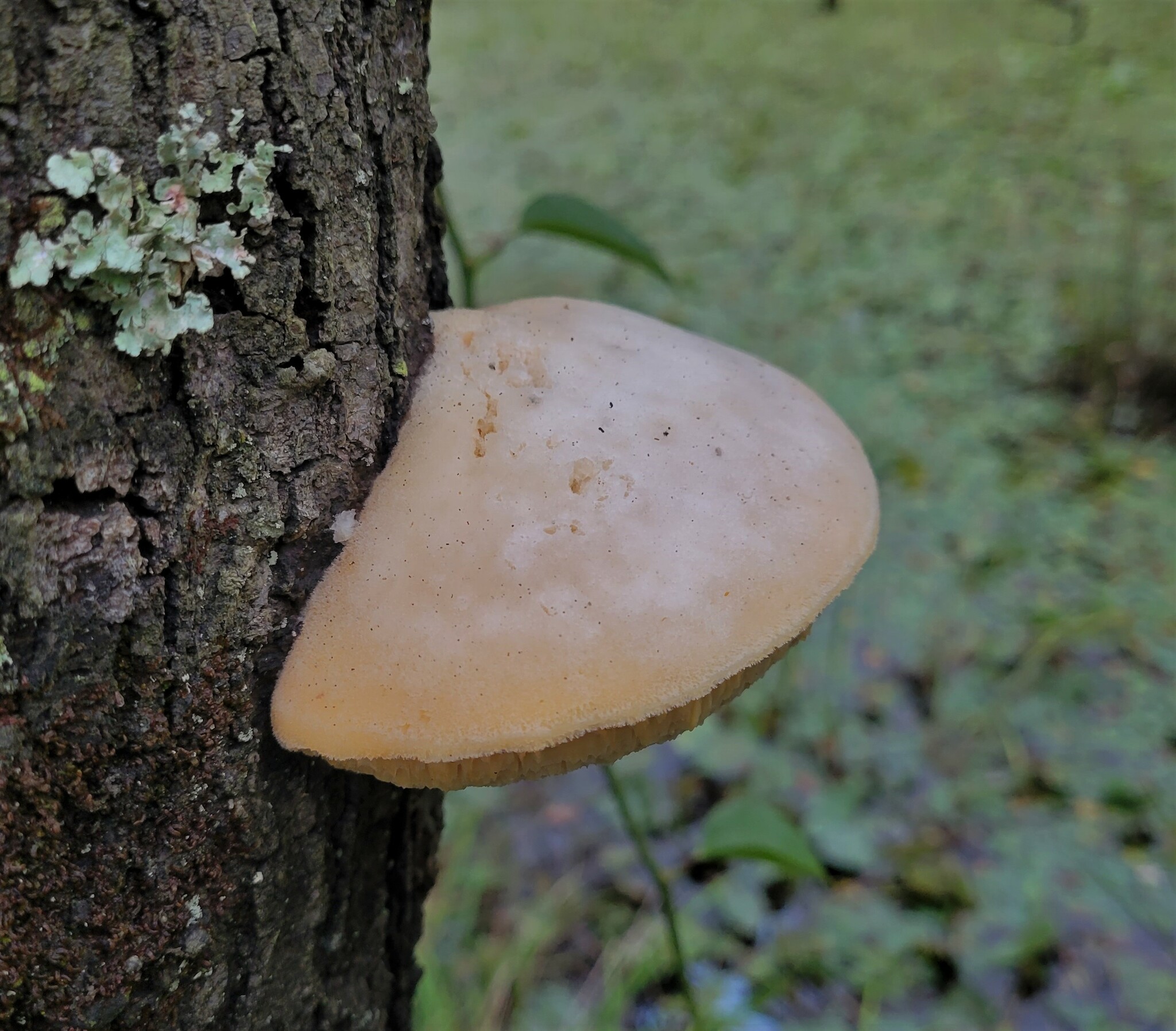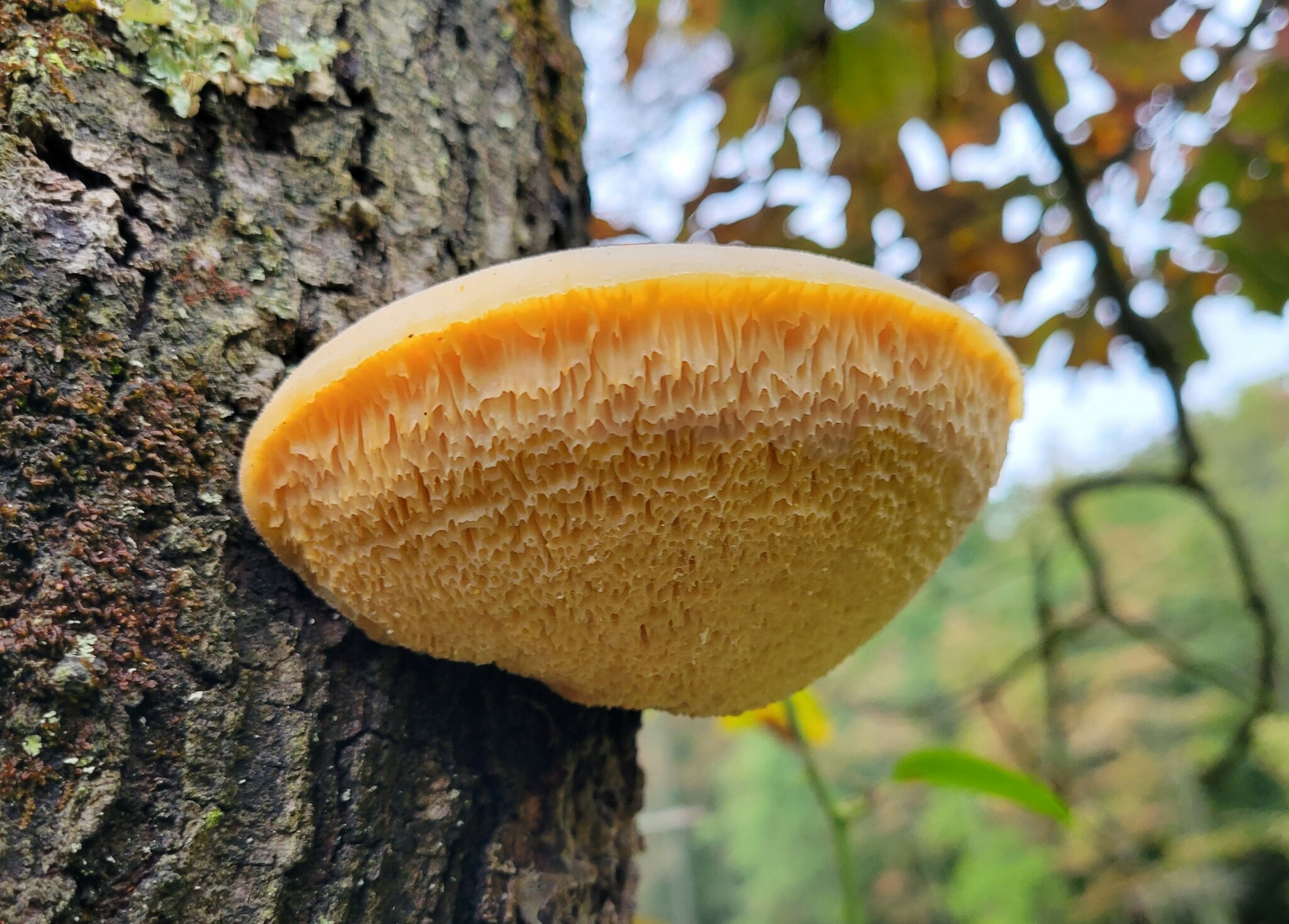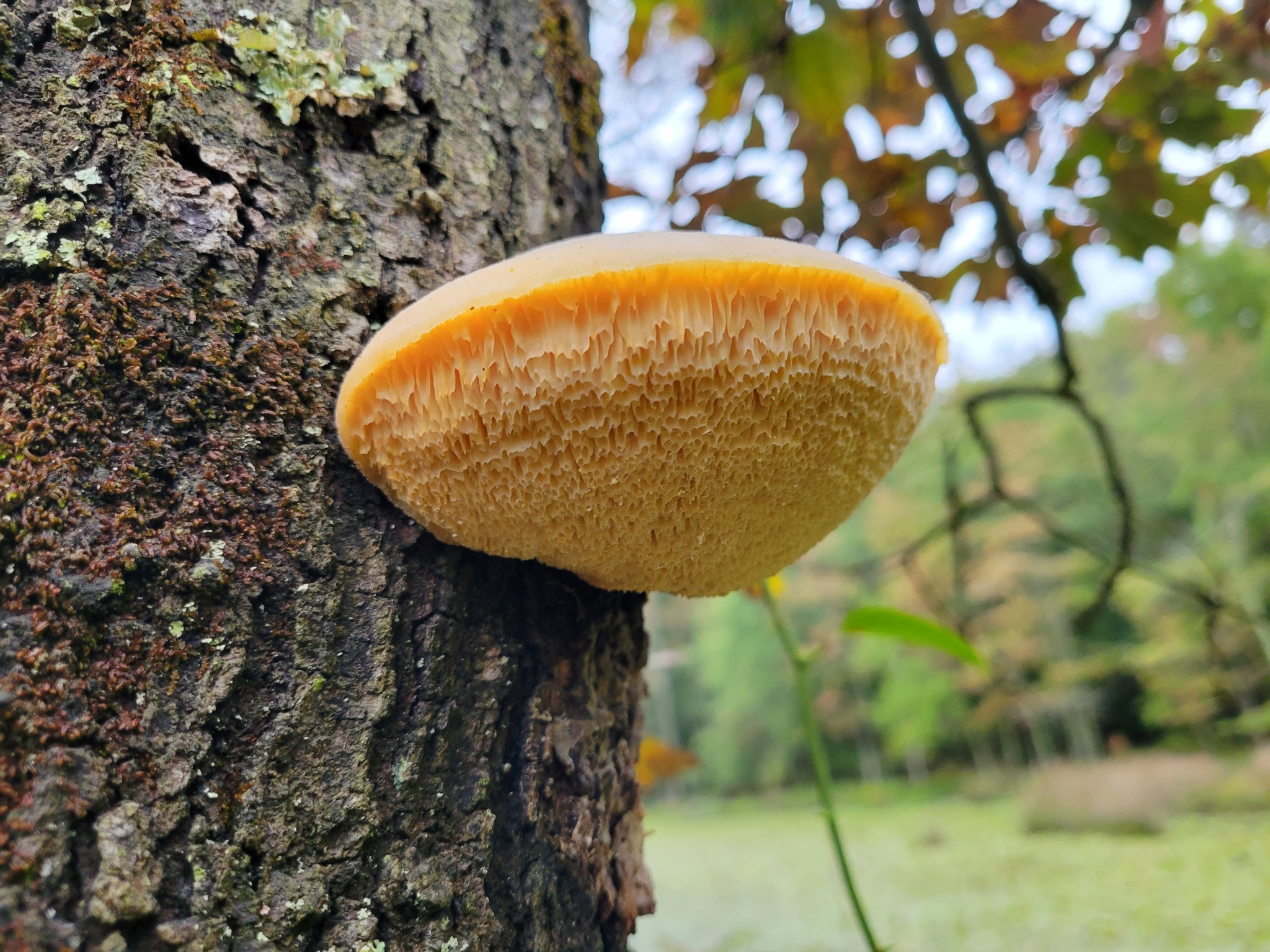Map Snapshot






12 Records
Seasonality Snapshot
Eating mushrooms can be dangerous. One should do so only with expert advice and great care. MBP accepts no liability for injury sustained in consuming fungi or other biodiversity. Use of media featured on Maryland Biodiversity Project is only permitted with express permission of the photographer.
Sarcodontia unicolor in Prince George's Co., Maryland (10/1/2022). (c) Matthew Beziat, some rights reserved (CC BY-NC).
View Record Details
Media by
Matthew Beziat.
Sarcodontia unicolor in Prince George's Co., Maryland (10/1/2022). (c) Matthew Beziat, some rights reserved (CC BY-NC).
View Record Details
Media by
Matthew Beziat.
Sarcodontia unicolor in Prince George's Co., Maryland (10/1/2022). (c) Matthew Beziat, some rights reserved (CC BY-NC).
View Record Details
Media by
Matthew Beziat.
Source: Wikipedia
| Sarcodontia unicolor | |
|---|---|

| |
| Scientific classification | |
| Domain: | Eukaryota |
| Kingdom: | Fungi |
| Division: | Basidiomycota |
| Class: | Agaricomycetes |
| Order: | Polyporales |
| Family: | Meruliaceae |
| Genus: | Sarcodontia |
| Species: | S. unicolor
|
| Binomial name | |
| Sarcodontia unicolor (Fr.) Zmitr. & Spirin (2006)
| |
| Synonyms[1][2] | |
|
List
| |
Sarcodontia unicolor is a species of polypore fungus in the family Meruliaceae. It is a plant pathogen that affects oak trees. The fungal hyphae grow inside the tree, rotting the heartwood. The fruit bodies are initially whitish to buff in color before turning brownish in age. The pores on the underside of the cap are circular to angular. Spores are held in tubes and are ovoid to ellipsoid, with dimensions of 7–9 by 6–7 μm.[3][4]
References
[edit]- ^ "Sarcodontia unicolor (Fr.) Zmitr. & Spirin (2006)". SpeciesFungorum. Retrieved 2024-01-20.
- ^ "Somion unicolor (Fr.) Zmitr. & Spirin (2023)". MycoBank. International Mycological Association. Retrieved 2024-01-20.
- ^ Bessette AE, Roody WC, Bessette AR (2007). Mushrooms of the Southeastern United States. Syracuse, New York: Syracuse University Press. p. 270. ISBN 9780815631125.
- ^ Kuo M (November 2004). "Polyporales: The Polypores". Retrieved 2013-07-19.


